GDPR Compliance What is personal information?
Personal information plays a central role in data protection and privacy law. They constitute the primary type of data covered by legislation such as the General Data Protection Regulation (GDPR), which aims to safeguard individuals' privacy and personal data. To gain a deeper understanding of what personal information encompasses, it is essential to comprehend the various categories into which they are divided. Let us take a closer look.
Definition of personal information
A personal information is defined as any form of information that can be directly or indirectly attributed to a specific individual. This also applies if the identification of the person is only possible through the combination of the information with other available data. This means that even seemingly anonymous data can be considered as personal information if they can be linked with other information to identify an individual.
Categories of personal information
The General Data Protection Regulation identifies and categorizes personal information into three primary categories:
-
Common personal information: This includes non-sensitive information such as name, address, email, or phone number.
-
Special categories of personal information: Known as sensitive information, this category includes data such as ethnic origin, political opinions, religious or philosophical beliefs, health information, etc.
-
Information about criminal convictions and offenses: This encompasses data related to an individual's criminal history, as well as any associated security measures.
These categories help determine the level of protection and specific requirements applicable to the processing of different types of personal information.
The importance of proper handling of personal information
To ensure the rights of the data subjects and protect personal data, it is crucial that organizations and businesses adhere to the legal guidelines for processing personal information. Proper data handling is necessary to ensure the safety and trust of citizens in digital services.
Conclusion
Understanding personal information and its categories is central to navigating the world of data protection. By knowing the distinctions between various types of data and the specific requirements associated with them, one can better safeguard the rights of data subjects and ensure lawful and responsible data handling. It is a core component of preserving individuals' right to privacy in the digital age.
Do you need assistance with your GDPR documentation?
VIDEOGUIDES See how you do
View more Privacy videos here
-
1:04
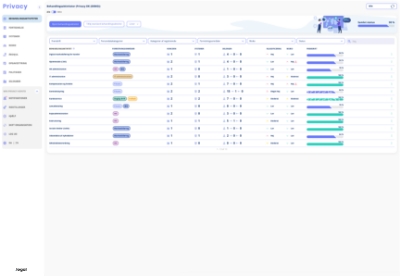
General Privacy
-
1:55
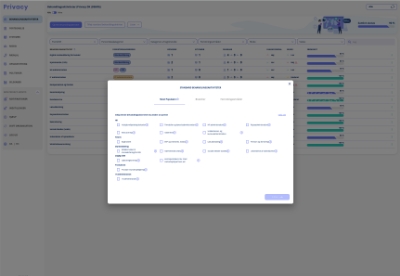
Standard processing activities
-
5:40

Processing activity flow
-
1:50
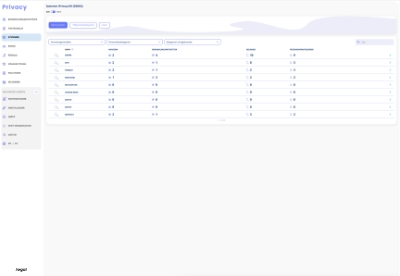
Systems
-
3:22
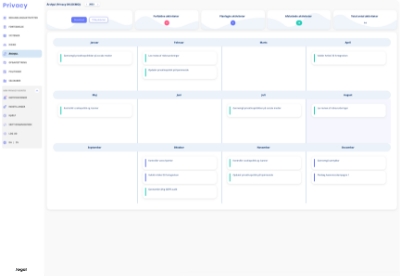
Annual wheel
-
1:20
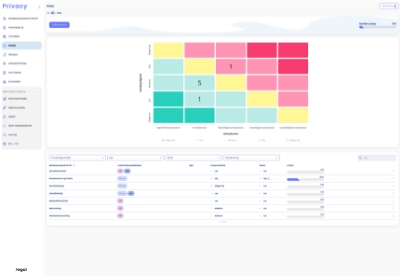
Risk assessment

Try Privacy on your own or let us help you get started
Get a demonstration of the system based on your needs. Or try the system for yourself with a 30-day free trial.
Info
.legal A/S
hello@dotlegal.com
+45 7027 0127
VAT-no: DK40888888
EAN: 5797200038685
Support
support@dotlegal.com
+45 7027 0127
Need help?
Let me help you get started

+45 7027 0127 and I'll get you started
.legal is not a law firm and is therefore not under the supervision of the Bar Council.



.jpg)

.jpeg)

.jpg)
.jpg)





.jpg)

-1.png)



.jpeg)





